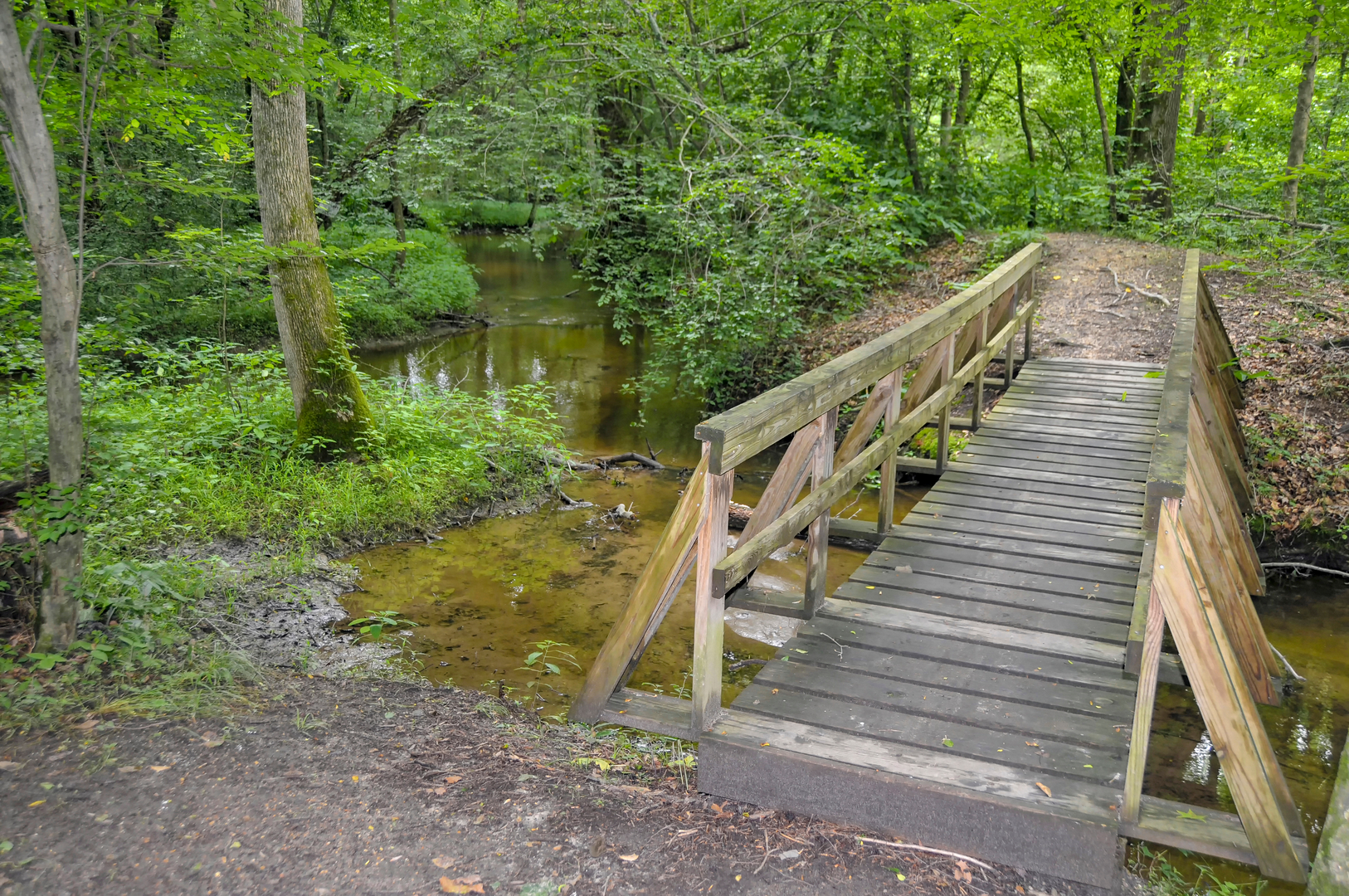Download
Preview
Add to list
More
8004.3 km
~406 days
62645 m
Multi-Day
“Embark on an epic coast-to-coast trek across America's diverse landscapes and rich history on the monumental American Discovery Trail South Route.”
Spanning approximately 8004 kilometers (4975 miles) and with an elevation gain of around 62,600 meters (205,000 feet), the American Discovery Trail South Route is a monumental point-to-point trek that traverses the breadth of the United States from the Atlantic to the Pacific. Starting near Lewes, Delaware, hikers embark on a journey that will take them through a diverse array of landscapes, from coastal areas to mountain ranges, and through the heartlands of America.
Getting to the Trailhead The trailhead is accessible near Lewes, Delaware. For those arriving by car, Lewes is situated near the junction of Delaware Routes 1 and 9, a drive that is easily navigable via major highways. Public transportation options include buses that service the area, with the nearest significant landmark being the Cape Henlopen State Park, which is a short distance from the official starting point of the trail.
Delaware to Maryland The trail begins by skirting the picturesque Delaware Bay before heading westward into Maryland. Hikers will experience relatively flat terrain in this section, with the trail winding through agricultural lands and small towns rich in colonial history. As you approach the Chesapeake Bay, the trail offers a mix of boardwalks, rural roads, and forested paths.
Appalachian Adventure Entering West Virginia and continuing into Kentucky, the trail becomes more challenging as it intersects with the Appalachian Mountains. The elevation gain becomes more pronounced here, and hikers will need to be prepared for strenuous climbs and potentially tricky descents. The natural beauty of the Appalachians is a highlight, with lush forests, streams, and an abundance of wildlife.
Crossing the Heartland The trail then meanders through the heartland of America, crossing the mighty Ohio River and traversing states like Indiana and Illinois. This section is characterized by rolling hills, farmlands, and small towns that offer a glimpse into the rural American lifestyle. Historical landmarks dot the landscape, including sites significant to the westward expansion and the Civil War.
Great Plains and Rocky Mountains As the trail progresses into Missouri and Kansas, hikers will enter the Great Plains. This vast expanse offers long stretches of open prairie and big skies. The flat terrain gradually gives way to the foothills of the Rocky Mountains as you enter Colorado. Here, the trail's elevation gain becomes more significant, and hikers will encounter some of the most challenging and rewarding sections of the journey.
Desert Landscapes and the Sierra Nevada Beyond the Rockies, the trail descends into the desert landscapes of Utah and Nevada. Hikers must be well-prepared for extreme temperatures and scarce water sources in these arid regions. The trail offers stunning vistas of desert flora and rock formations. Eventually, the trail ascends once again into the Sierra Nevada in California, where alpine scenery and potentially snow-covered paths await.
The Pacific Terminus The final leg of the trail takes hikers through the diverse ecosystems of California, from the high mountains to the fertile valleys, and finally to the Pacific Coast. The trail concludes near Point Reyes National Seashore, a fitting end to a coast-to-coast journey that encapsulates the vastness and variety of the American landscape.
Navigation and Planning Given the trail's length and diversity, hikers should plan their journey carefully, taking into account seasonal weather patterns, terrain difficulty, and personal fitness levels. HiiKER is an invaluable tool for navigation, offering detailed maps and trail information that can assist in planning resupply points, water sources, and camping spots.
Wildlife and Nature Throughout the trail, hikers will encounter a wide range of wildlife, from the shorebirds of the Atlantic coast to the elk and bears of the Rockies. Each state offers its unique flora and fauna, making for a rich natural experience. Hikers should be knowledgeable about local wildlife and practice Leave No Trace principles to minimize their impact on these ecosystems.
Historical Significance The American Discovery Trail South Route is not just a physical challenge; it's a journey through American history. From the early settlements of the East Coast to the gold rush towns of the West, hikers will walk paths that have been trodden by Native Americans, pioneers, and countless others who have shaped the nation.
Preparation and Safety Due to the trail's difficulty and length, thorough preparation is essential. Hikers should be equipped with the appropriate gear for varying climates and terrain. It's also crucial to have a well-thought-out itinerary, with awareness of the locations of towns, emergency services, and potential hazards along the route. Always inform someone of your plans and check in regularly.
Embarking on the American Discovery Trail South Route is a commitment to an epic adventure that offers a profound connection with the landscapes and history of the United States. Whether taken in segments or as a continuous journey, it promises to be an unforgettable experience for those who rise to the challenge.
Comments and Reviews
User comments, reviews and discussions about the American Discovery Trail South Route, Delaware.
4.51
average rating out of 5
1961 rating(s)

